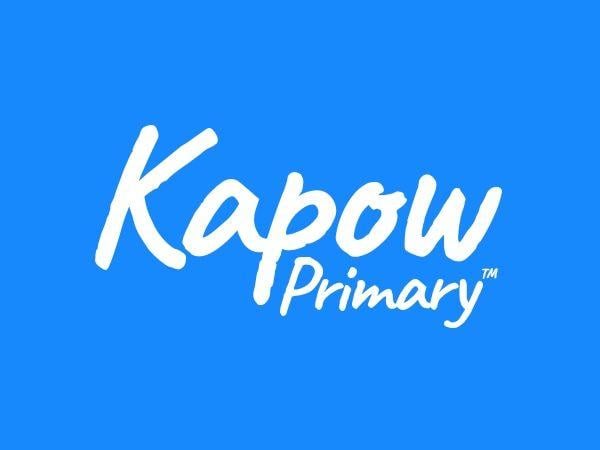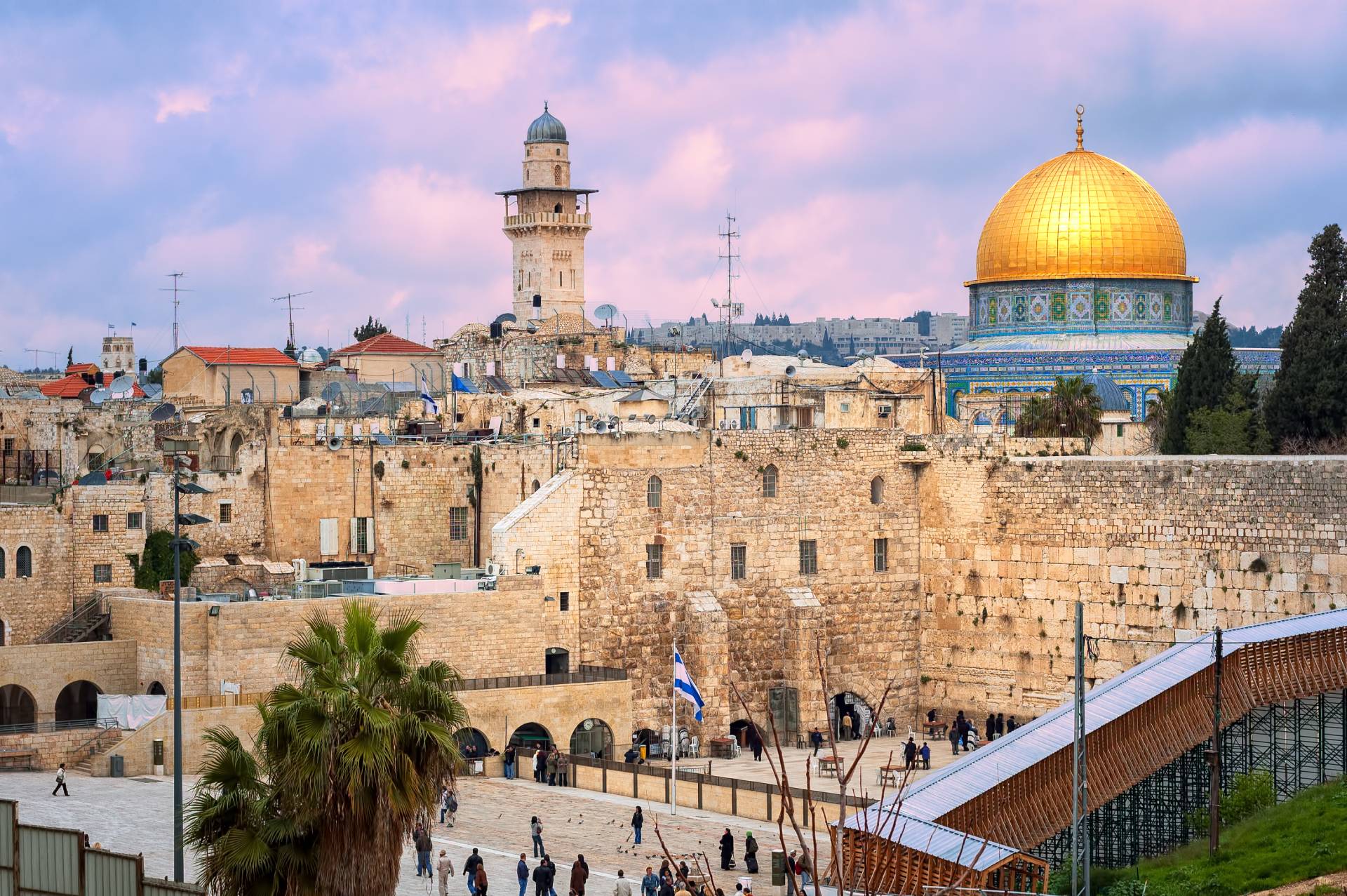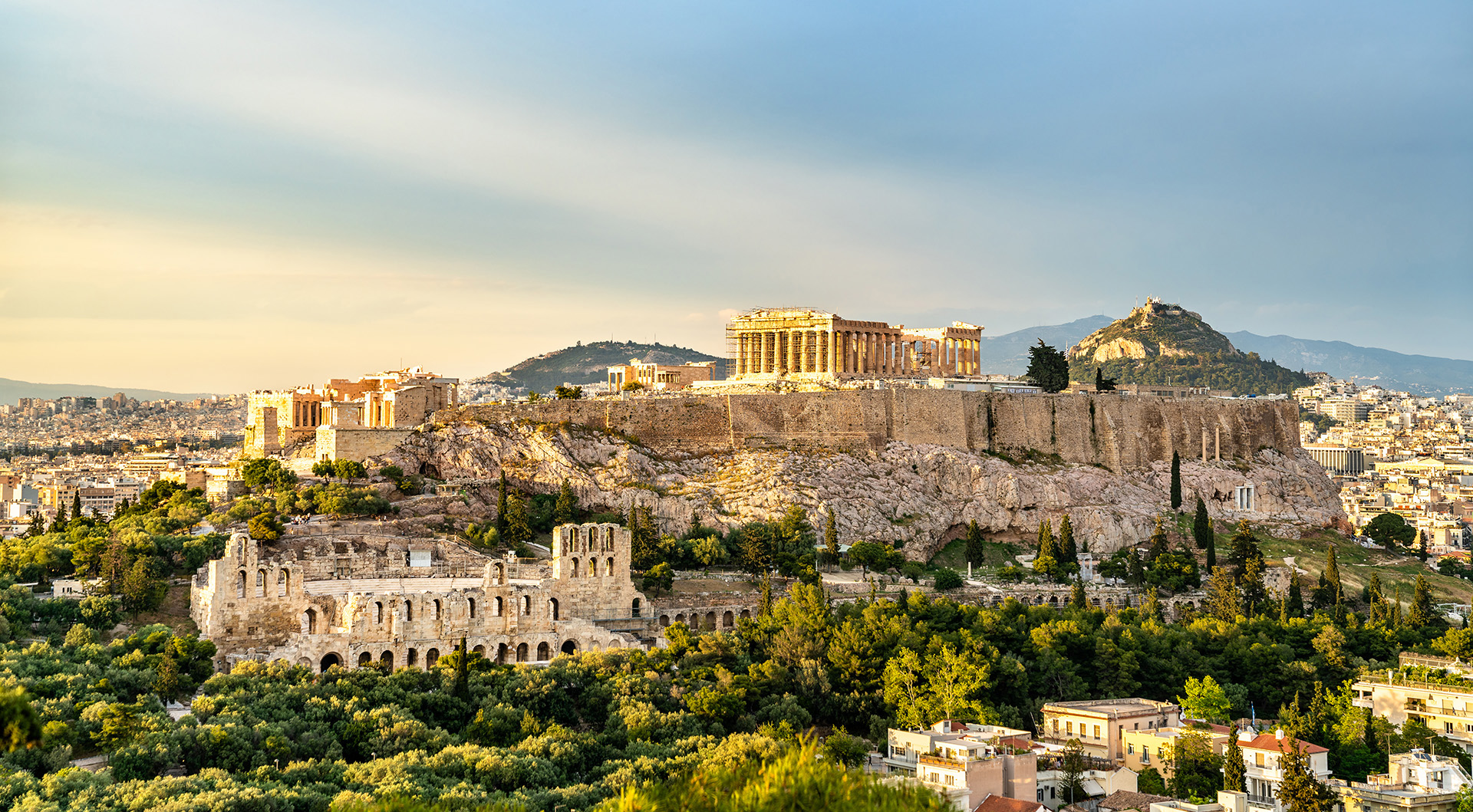Learning objective
- To evaluate who should have access to significant places.
Success criteria
- I can recognise why a place can
This content is for subscribers only. Join for access today.
Religious Education Council Curriculum Framework for RE in England (non-statutory guidance):
- B3: Observe and consider
This content is for subscribers only. Join for access today.
Cross-curricular links
English
Spoken language
Pupils should
This content is for subscribers only. Join for access today.
Before the lesson
This content is for subscribers only. Join for access today.
Lesson plan
Recap and recall
Display the Presentation: Opposites and ask the children to discuss the question in pairs.
This content is for subscribers only. Join for access today.
Extended-mode explainer videos
How to extend your display to view the lesson page and preseantion mode simultaneously. Choose your operating system below to watch the video
If you need further support with extending your display,
please contact [email protected].
Extended-mode explainer video: For Mac
Extended-mode explainer video: For Windows
Adaptive teaching
Pupils needing extra support
Could use the Activity: Conundrum: support version to help them answer Toby’s message; could use the Knowledge organiser to remind them of previous learning in the unit; could refer to the Resource: Descriptive words from Lesson 1 to support their writing in the Wrapping up.
Pupils working at greater depth
Should think about how issues linked to access could be resolved and make thoughtful suggestions; should consider many people’s perspectives surrounding visiting significant places.
This content is for subscribers only. Join for access today.
Assessing progress and understanding
Pupils with secure understanding indicated by: recognising why members of a worldview
This content is for subscribers only. Join for access today.
Vocabulary definitions
-
UNESCO World Heritage Site
A place recognised by the United Nations for its important cultural or natural features.
This content is for subscribers only. Join for access today.
In this unit
Assessment - Y5/6 (B): Why are some places significant to believers?
Y5/6 (B): Lesson 1: What can make a place significant?
Y5/6 (B): Lesson 2: How can religious events make a place significant?
Y5/6 (B): Lesson 3: What makes the Harmandir Sahib significant to many Sikhs?
Y5/6 (B): Lesson 4: How can a river be a goddess?
Y5/6 (B): Lesson 5: Can relics make a place significant?
Y5/6 (B): Lesson 6: Who can visit significant places?




